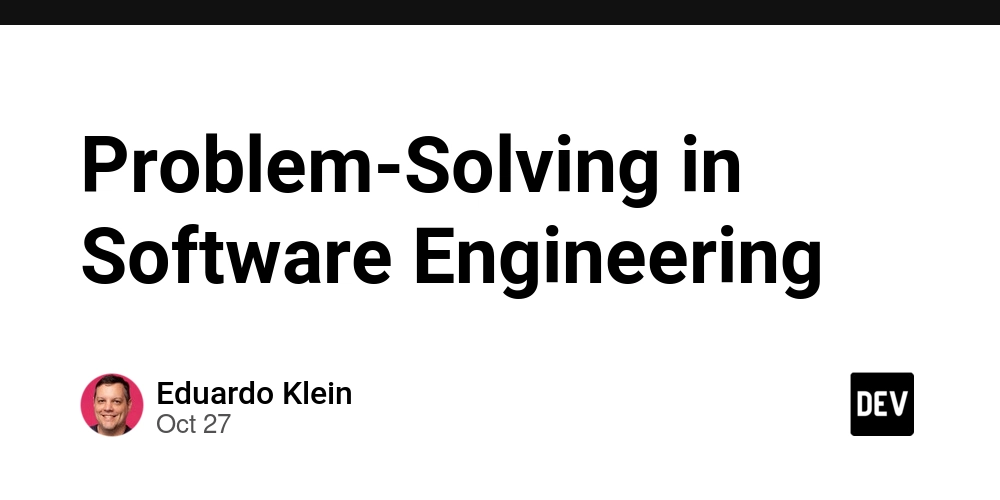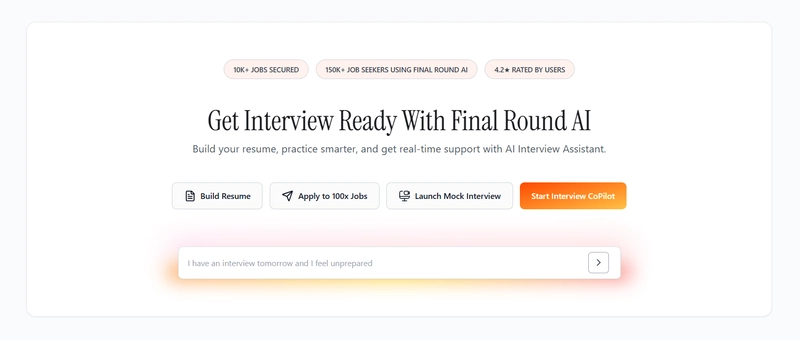Problem-solving is at the heart of software engineering. Whether debugging a production issue, designing a new system, or optimizing performance, the ability to approach challenges methodically and effectively distinguishes exceptional engineers.
In tech companies, where complexity scales rapidly and novel challenges emerge daily, strong problem-solving skills are non-negotiable. Yet, for many engineers, it is challenging to define what “good” problem-solving looks like or how to develop these capabilities systematically. Without a clear framework, it’s difficult to assess growth, identify development areas, or set meaningful career goals.
In this post, I share my perspective on the varying levels of problem-solving competency for software engineers within tech companies. By breaking down this skill into actionable levels — from beginner to expert — I aim to provide a framework that software engineering managers (SEMs) can use to assess and develop their team’s problem-solving capabilities.
This is similar to the work I’ve previously done for Effective Communication, which I’ll compile with other skills at some point in the future into a guide for software engineering competencies.
This structure can be integrated into career ladders, supporting personal development and career progression. It can help engineers identify growth opportunities and set clear goals, fostering an environment where challenges are approached confidently and systematically, and product development thrives.
Problem-Solving Expectations and Levels
To make problem-solving more tangible, I will describe it through five dimensions:
- Framework and Tool Proficiency: Masters a variety of frameworks, tools, and libraries commonly used to solve engineering problems, enabling efficient and effective solutions.
- Coding and Design Craftsmanship: Demonstrates the ability to craft elegant, efficient, and maintainable code solutions through the thoughtful application of algorithms, data structures, and design patterns.
- Architectural Understanding: Develops architectural solutions that address complex system requirements and integration challenges, ensuring scalability, reliability, and maintainability.
- Analytical Thinking: Breaks down complex problems into smaller, manageable parts and systematically approaches their resolution using appropriate strategies.
- Continuous Learning and Practice: Engages in continuous learning to acquire new problem-solving methods and improve existing skills through regular practice and exploration of emerging technologies.
I try to establish adequate expectations for each level and provide evidence and examples.
Beginner
- Framework and Tool Proficiency: Understands basic functionality and can utilize frameworks and tools with guidance.
- Coding and Design Craftsmanship: Demonstrates awareness of fundamental algorithms and data structures. Writes functional code that follows team standards and applies simple design patterns in straightforward scenarios.
- Architectural Understanding: Has a basic grasp of software architecture, focusing mainly on individual components rather than the system as a whole. Follows architectural guidance and design decisions made by more experienced engineers.
- Analytical Thinking: Breaks down simple problems and identifies potential solutions with some guidance.
- Continuous Learning and Practice: Actively seeks out learning resources and begins incorporating them into daily practice with regular mentorship.
Evidence
- Completes tasks with low assistance
- Proactively seeks support in the face of obstacles
- Asks questions to clarify problem requirements and solution approaches
- Attends and participates in training sessions and workshops on frameworks and tools
- Engages in regular code reviews and refinement sessions to learn from more experienced engineers
- Approaches feedback received in code reviews with an open mindset
Example
- An engineer who regularly consults with peers or a mentor while working on projects, asking for advice on which design patterns and tools to apply, and uses tutorials to understand the basic functionality of frameworks and design patterns.
Competent
- Framework and Tool Proficiency: Comfortably uses common frameworks and tools to solve routine problems efficiently.
- Coding and Design Craftsmanship: Crafts readable, modular code for moderately complex projects by thoughtfully selecting appropriate data structures, algorithms, and design patterns while ensuring adherence to team conventions.
- Architectural Understanding: Understands basic architectural principles and can contribute to discussions on system components and their interactions.
- Analytical Thinking: Analyzes problems effectively, proposing logical solutions and alternatives.
- Continuous Learning and Practice: Regularly updates skills with new techniques and frameworks, integrating them into work processes.
Evidence
- Independently solves problems using standard frameworks and tools
- Successfully applies design patterns and can effectively explain their benefits
- Actively participates in team discussions about architectural decisions
- Provides logical reasoning for chosen solutions to problems
- Enrolls in courses or reads books on software development topics
Example
- An engineer who efficiently utilizes existing frameworks to build new features, chooses design patterns that optimize performance, and contributes meaningfully during team architectural discussions.
Proficient
- Framework and Tool Proficiency: Proficiently navigates and adapts frameworks and tools to address complex problems. Identifies gaps in current tools and introduces improvements when necessary.
- Coding and Design Craftsmanship: Chooses appropriate design patterns, data structures, and algorithms, and proactively refactors existing codebases to improve maintainability and performance.
- Architectural Understanding: Contributes to the design of system architectures and can foresee the implications of architectural decisions.
- Analytical Thinking: Proactively identifies potential problems and implements effective solutions before issues arise.
- Continuous Learning and Practice: Actively seeks out cutting-edge practices, integrating them into existing workflows and sharing knowledge with peers.
Evidence
- Leads projects that require the use of advanced frameworks and custom tools
- Conducts workshops on design patterns and tools and their real-world applications
- Proposes architectural changes that enhance system scalability and reliability
- Conducts thorough analysis and presents findings to influence strategic decisions
- Creates custom tools or frameworks that are adopted across the organization
- Contributes to technical blogs or speaks at conferences to share knowledge
- Identifies architectural issues (e.g., scaling challenges) and suggests improvements
Example
- An engineer who anticipates scaling issues, designs robust architectures, and implements advanced design patterns to optimize the system’s performance while mentoring others on these approaches.
Expert
- Framework and Tool Proficiency: Innovates and customizes frameworks and tools to create unique solutions for unprecedented challenges.
- Coding and Design Craftsmanship: Masters design patterns, mentors their strategic application, anticipates maintainability challenges, and shapes engineering culture around algorithmic thinking and sustainable design.
- Architectural Understanding: Architects complex, scalable, reliable, and maintainable systems, making strategic decisions that align with long-term company goals.
- Analytical Thinking: Identifies systemic issues and implements strategic solutions that have a positive impact on product direction, overall efficiency, and user experience.
- Continuous Learning and Practice: Leads the adoption of emerging technologies and practices, fostering a culture of innovation and excellence.
Evidence
- Innovates and customizes frameworks and tools to create unique solutions for unprecedented challenges
- Mentors engineers on using design patterns to solve complex problems
- Develops and implements long-term architectural strategies
- Leads cross-functional teams to solve high-impact problems
- Publishes articles and papers or contributes to open-source projects
- Sets technical direction that influences the entire organization and industry
Example
- An engineer who architects technology strategies for the company, designing innovative solutions that set industry standards, while mentoring teams to elevate their problem-solving capabilities.
Conclusion
Problem-solving forms the foundation of effective software engineering. By focusing on these five dimensions, we can create a structured approach to developing these competencies within our teams.
Setting clear expectations for each level of problem-solving proficiency allows SEMs to guide their teams toward continuous improvement. Like building a utility belt of tools and techniques, developing problem-solving skills is an ongoing journey that requires deliberate practice and regular refinement.
This framework provides engineers with a roadmap for growth, helping them identify where they are, where they want to go, and what skills they need to develop along the way.



